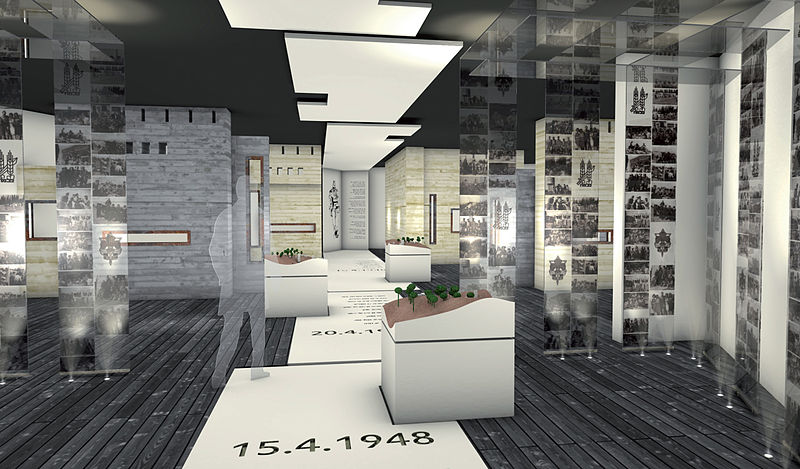Metzudat Koach – Metzudat Yesha
December 30th 2013
 Located in the northern Galilee, very much off the beaten path, is Metzudat Koach, a memorial to 28 soldiers who were slain defending nearby communities during Israel’s War of Independence in 1948. Just before withdrawing their troops from Palestine, the British Mandate authorities abandoned the strategic fort that they had built to overlook the Hula Valley, effectively turning it over to Arab forces, thus putting all the nearby Zionist communities – including Metulla, Kiryat Shmona and Kfar Blum – in grave danger.
Located in the northern Galilee, very much off the beaten path, is Metzudat Koach, a memorial to 28 soldiers who were slain defending nearby communities during Israel’s War of Independence in 1948. Just before withdrawing their troops from Palestine, the British Mandate authorities abandoned the strategic fort that they had built to overlook the Hula Valley, effectively turning it over to Arab forces, thus putting all the nearby Zionist communities – including Metulla, Kiryat Shmona and Kfar Blum – in grave danger.
Muslims believe this site is the burial place of Joshua ben Nun. Joshua replaced Moses and led the Jewish people into Israel. In Arabic, the site is called Nebi Yusha, which sounds similar to Joshua’s Hebrew name, Yehoshua. At one time, the site was a fortified police station called Metzudat Yesha.
Today, it’s known as Metzudat Koach. In Hebrew, the word koach means strength, which describes the Israeli soldiers who fought, and died, to secure the fortress and the surrounding civilian population in 1948. But there is a deeper meaning in the name. In Hebrew, letters and words have numerical values. The numerical value of the Hebrew word koach is 28 – the number of soldiers who gave their lives in the battle to control this important fort.
The memorial itself, built by Keren Kayemet L’Yisrael – Jewish National Fund, displays a plaque with the names of the 28 Palmach fighters who died in the battle to wrest control of the fortress. Walk along the path to the grove of 28 trees, each in memory of one of the young lives that were sacrificed so the State of Israel could be born.
Though not generally appearing on a typical tourist itinerary, Metzudat Koach offers visitors a number of worthwhile reasons to stop by. At the parking lot, look for the sign that will direct you to a panoramic observation point, from which you can take in Hula Lake, Kiryat Shmona and Metulla to the left and the Golan Heights over the valley. If the weather is clear, you’ll be able to glimpse Mt. Hermon, which is often still snow-capped as late as May or June, to the north and east.
Today, the old fortress serves as a base for the Israeli border police and is wheelchair accessible.











